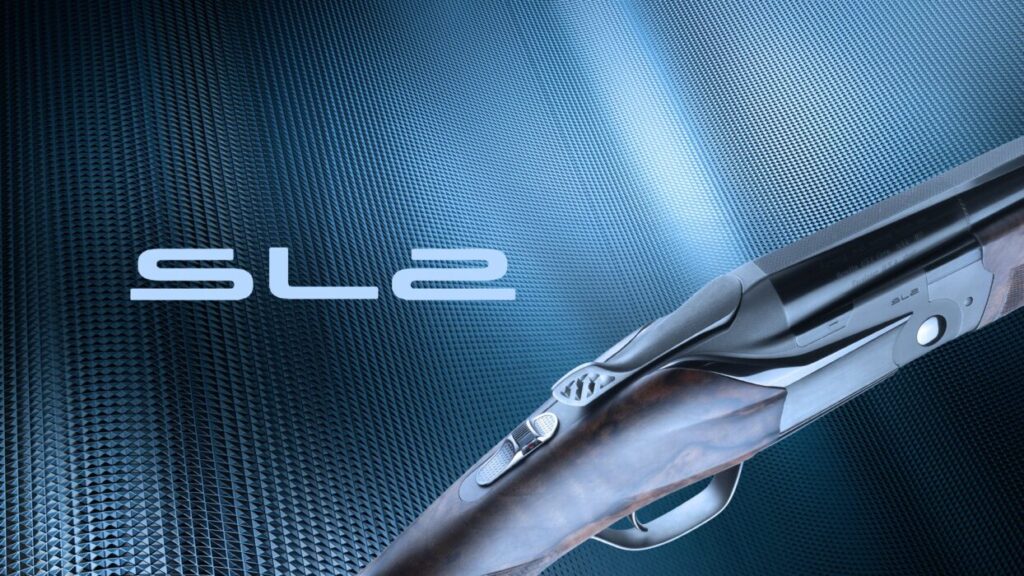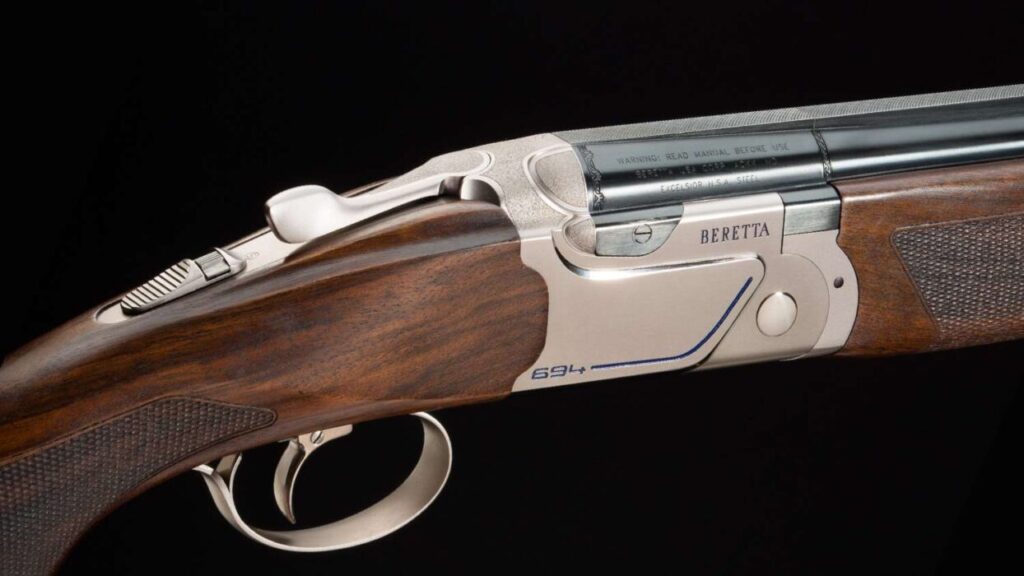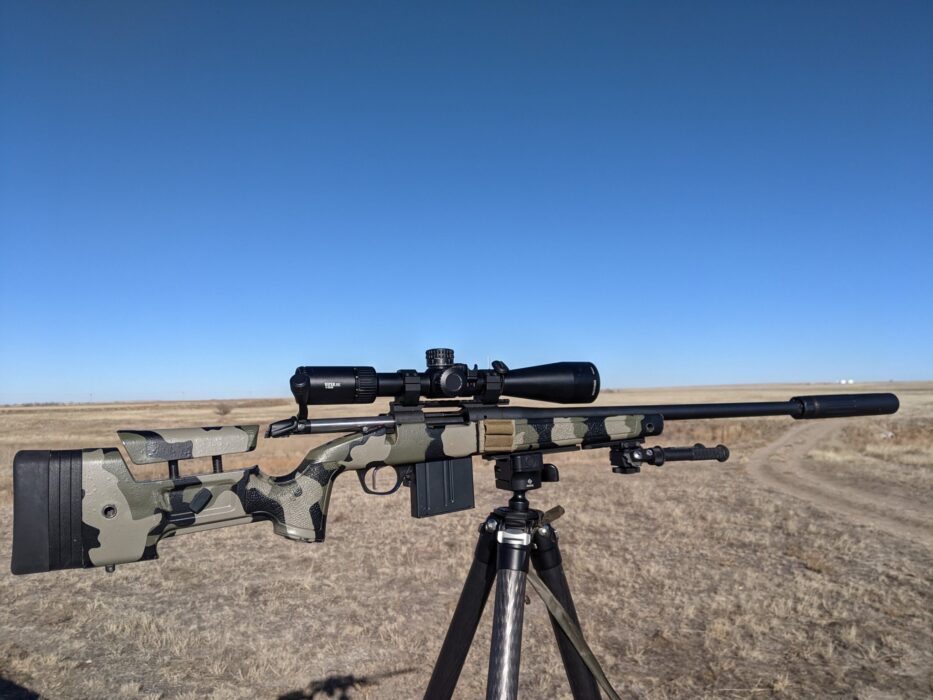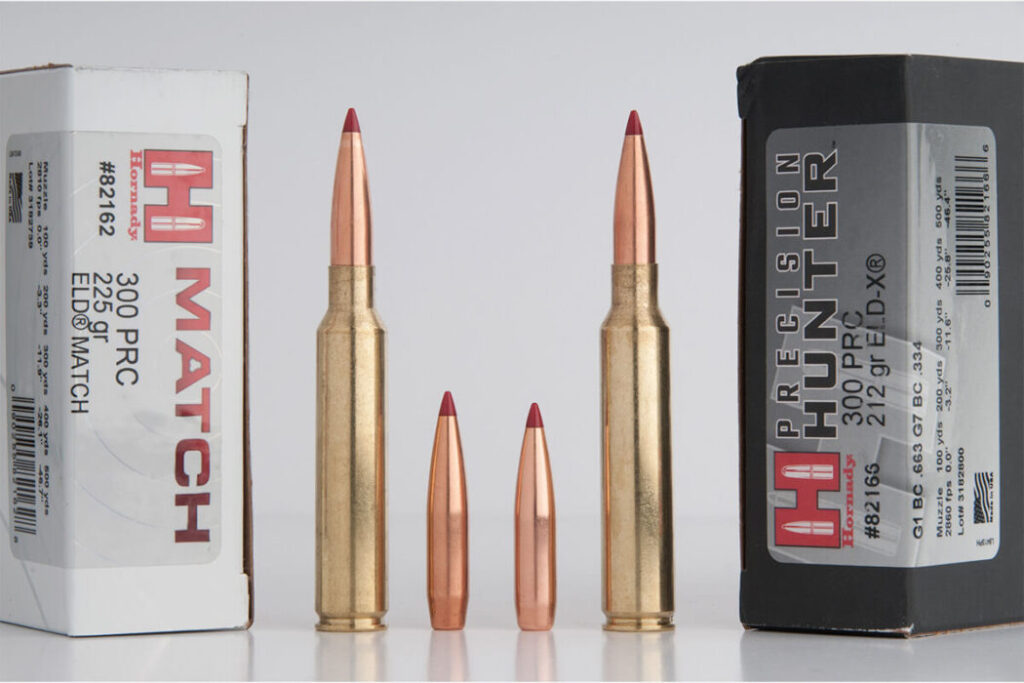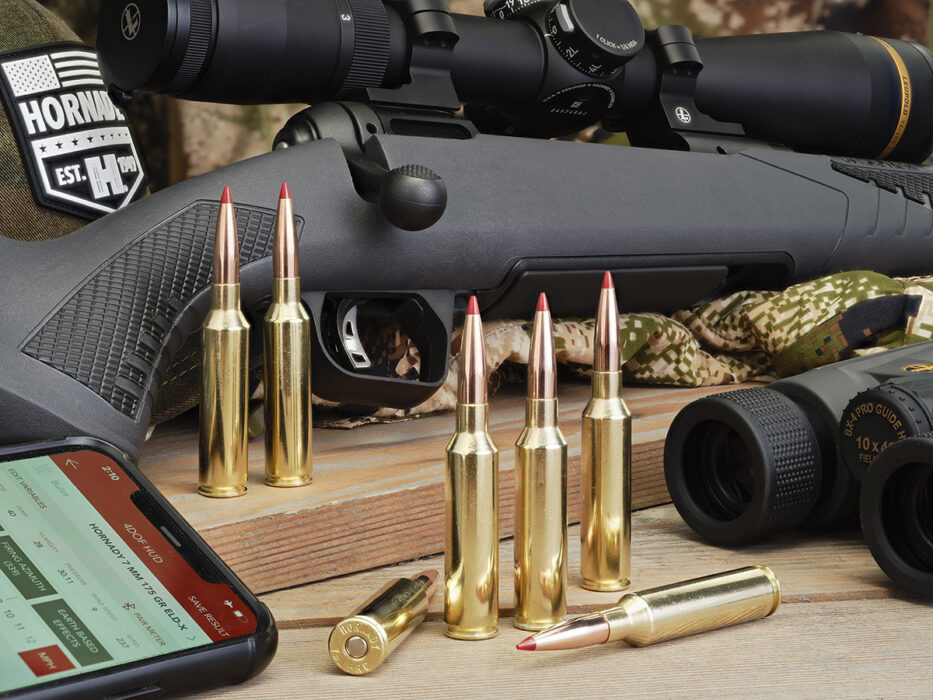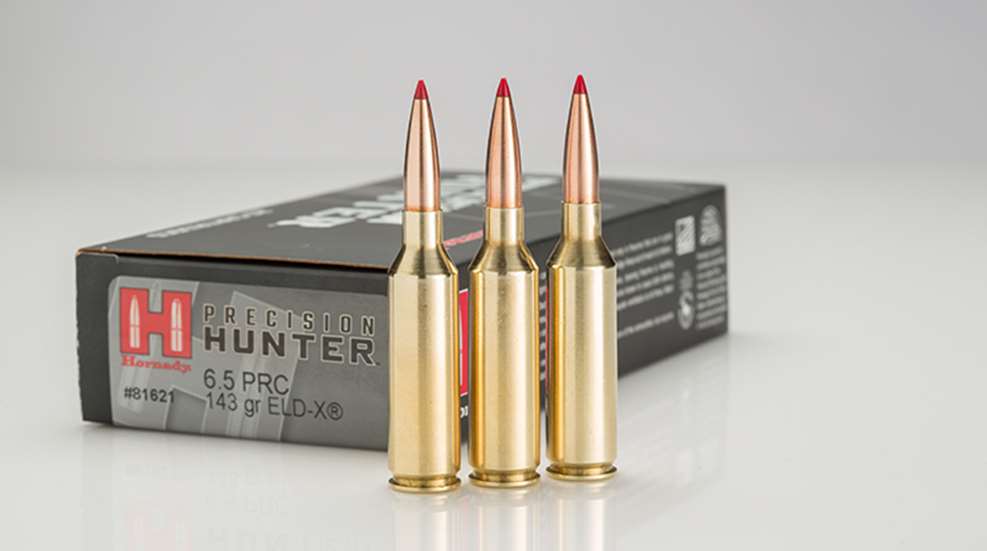How to Choose My First Bipod
Adding a bipod to your rifle is one of the most effective ways to instantly improve your accuracy and stability. For a new shooter in Canada, choosing your first bipod can seem complex, but by focusing on a few key factors, you can find the perfect one for your needs. The right bipod will provide a steady platform for both practice at the range and shots in the field.
1. Define Your Purpose
Just like with choosing a rifle, your intended use is the most important factor in selecting a bipod.
- For Hunting: A hunting bipod needs to be lightweight, easy to deploy quickly, and adaptable to various terrains. A shorter, more compact bipod (6-9 inches) is ideal for prone shooting, while a taller model (9-13 inches or more) is better for clearing tall grass or shooting from a seated position. Look for a model that can pivot or “cant” to accommodate uneven ground.
- For Target Shooting: If your main goal is to shoot from a bench at the range, stability and adjustability are your top priorities. A heavier, more robust bipod will provide a rock-solid platform. For competitive shooting, you’ll want one that offers a wide range of adjustability and a quick-deploy system.
2. Understand the Mounting System
Bipods are not one-size-fits-all. You need to ensure the bipod you choose is compatible with your rifle’s forend. The most common mounting systems are:
- Sling Swivel Stud: This is the most traditional and widely available mounting system, found on many hunting rifles. Bipods like the classic Harris attach directly to this stud.
- Picatinny Rail: Common on tactical and modern sporting rifles, a Picatinny rail allows for a secure, quick-detach mount. Many of the most robust and feature-rich bipods use this system.
- M-LOK / ARCA: These are modern rail systems found on high-end precision and competition rifles. They allow you to mount the bipod in a wide range of positions to perfectly balance the rifle.
For a new shooter, a rifle with a sling swivel stud is a very common starting point, and a bipod that attaches to it is a great choice.
3. Key Features to Consider
- Fixed vs. Adjustable Legs: Always choose a bipod with adjustable legs. This allows you to adapt to a wide variety of terrain, from a flat bench to a grassy field. Look for models with notched legs for fast, secure height adjustments.
- Swivel/Cant Feature: A bipod with a swivel or canting feature allows the rifle to pivot left and right on uneven terrain. This is essential for getting the rifle level on an angled surface without having to reposition the entire bipod.
- Material: Bipods are typically made from either aluminum or carbon fiber. Aluminum is durable and affordable, making it a great choice for a first bipod. Carbon fiber is lighter and more rigid, but also significantly more expensive.
Conclusion
Choosing your first bipod is about matching your needs to the bipod’s features. For the vast majority of new shooters, a simple, durable, and adjustable bipod from a reputable brand like Harris or Magpul that attaches to a sling swivel stud is the perfect choice. This will provide you with a stable platform to improve your accuracy, both in the field and on the range.
To see and feel the difference between various bipods, visit us at Rangeview Sports in Newmarket, Ontario. Our team can help you find the right bipod for your rifle and your specific needs.


